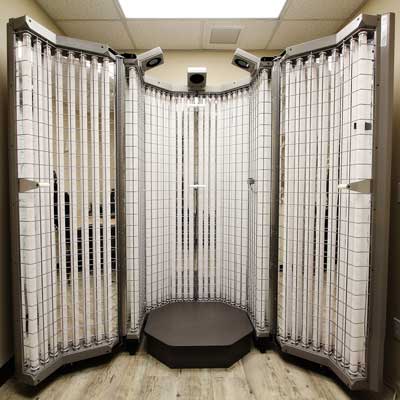
Why Phototherapy Deserves a Revival
What is phototherapy?
Phototherapy is the ideal systemic treatment for psoriasis, an autoimmune condition leading to thick, scaly red plaques on the skin that affects ~8 million Americans and is the only FDA approved treatment for vitiligo, an autoimmune condition causing loss of pigment that affects about ~2 million Americans.
For reasons that are unclear, Medicare has been on a crusade to dramatically cut the reimbursement rates for phototherapy. This means that phototherapy is also dying. Very few dermatologists still have phototherapy equipment, which means that vitiligo patients basically cannot get treatment and patients with psoriasis get to spend 2-5 times more on riskier, less effective treatments.
- Psoriasis affects about 4% of people and is the most common autoimmune disorder. There are a large number of treatments available, but for severe disease phototherapy is the fastest, safest, and cheapest option.
- The Daavlin phototherapy booth at Miller Family Dermatology uses 48 narrowband UVB lamps to deliver whole body treatments in 1-5 minutes.
- The Pharos excimer laser provides very intense narrowband UVB light and is hands down the best laser available today for treating severe psoriasis on the hands, feet, or scalp as well as for treating vitiligo on small areas of the body.
- Vitiligo is a common autoimmune condition that causes complete loss of pigment in affected areas. Phototherapy is the only FDA approved treatment for it and is highly effective.
How phototherapy works:
Phototherapy uses ultraviolet light to treat autoimmune or inflammatory conditions in the skin. There are different types of phototherapy devices, including UVA, broadband UVB, and narrowband UVB. Narrowband UVB is proving to the be the safest and is the type of equipment that we use at Miller Family Dermatology.
Ultraviolet light gets rid of inflammatory cells in the skin. This is in contrast to topical steroids that slow them down or shut them off. In order to maintain a response from steroids, you have to apply them 2-3 times daily. But,with light treatment, you can get a stronger effect with treatments 2-3 times per week because the inflammatory cells in the skin are made to go away. Those cells will eventually come back from cells that circulate in the blood and then migrate into the skin, so the effect of lights may not be permanent, but it lasts far longer than steroids.
Where does phototherapy fit into psoriasis treatment?
We usually think of something called a “therapeutic ladder” for psoriasis that looks like this:
- Topical Medications
- Phototherapy
- Methotrexate or Soriatane
- Biologic Medications
You start off on the lowest rung of the ladder that is likely to control the disease. If that fails, you usually move to the next rung. As you move down this list, there is more risk and more cost. Methotrexate and Soriatane can cause liver damage and require careful monitoring with regular blood tests. Biologic medications suppress the immune system and are associated with an increased risk for certain fungal infections and cancer.
How does phototherapy compare in effectiveness?
In most studies, phototherapy is the most effective treatment available. If phototherapy doesn’t work, you move on to the next rung on the therapeutic ladder, but the response rate of the next options are usually not as good as phototherapy—they are used because they are the next option left.
How does phototherapy compare in safety?
The most typical side effects are tanning and an occasional burn. Long term effects are proving to be minimal, and for narrowband UVB in particular, an increased risk of skin cancer has not been found after decades of its use in dermatology.
This compares to the risks of immune suppression, liver damage, and lung fibrosis from methotrexate and the risk of immune suppression, unusual fungal infections, and cancers from biologics.
How does it compare in cost?
Phototherapy usually starts with a series of 30 treatments that most insurance companies pay for. After that, patients may stay in remission, may need once weekly maintenance treatment, or may be prescribed a home unit to treat themselves under a physician’s supervision. The average annual cost is $5700.
Oral medications like methotrexate and soriatane require frequent office visits and bloodwork to monitor for side effects. In the first year of treatment, there would probably be 4-8 office visits and 9-12 sets of bloodwork. The average annual cost is $11,000.
Biologic medications require fewer office visits, usually 4/year and minimal bloodwork. However, the average annual cost is $27,000.
Where does phototherapy fit into vitiligo treatment?
Phototherapy is the only FDA approved treatment for vitiligo. There are very few treatment options for vitiligo. Phototherapy is basically the only thing that works.
How common is light treatment?
Phototherapy used to be the standard treatment for moderate to severe psoriasis and was very widely available. It is now becoming much less common. We are the only center in Issaquah that provides it, there is one clinic in Bellevue that offers it, and several in downtown Seattle.
What happened?
- Reimbursement for phototherapy is steadily declining, causing providers to stop offering it.
- Since phototherapy treatments depend on insurance coverage which is declining, there is intense pressure on dermatologists to find other ways to pay the bills. Cosmetic dermatology is usually seemed far more lucrative, and since it pays cash, there are no insurance hassles.
- Treatment with biologics which are heavily marketed has greatly displaced phototherapy. Despite being given by injection, many patients strongly prefer the biologic medications because it is far more convenient to inject themselves at home than make regular trips to the office.
How is the lack of phototherapy affecting health costs?
Unless there is a contraindication to light treatment (rare), the patient is one of the rare non-responders, or the patient also has psoriatic arthritis, oral medications or the biologic medications are unnecessary. If clinical guidelines that have been developed for psoriasis were followed, the number of patients on these medications would plummet. Each patient that is on phototherapy instead of a biologic would save $20,000/year, which over the course of 30 years (since psoriasis is a chronic condition) means $600,000.
Today, the primary reason that patients end up on these more expensive and risky medications is because phototherapy is not available to the patient because of distance from a phototherapy center or poor health insurance coverage for phototherapy. Its unclear why insurance companies have been reducing reimbursement for phototherapy and driving more patients toward more expensive and riskier medications. Its also unclear why some insurance companies exclude dermatologists from their network who provide more cost effective treatments such as this (For instance, Aetna has been unwilling to let us become a network provider because they say their patients have access to an overabundance of dermatologists).
To make this a little more clear: Every 10 patients that I treat with phototherapy saves $53,000 per year compared to an oral medication or $209,950 per year compared to a biologic AND provides those 10 patients with safer, more effective treatment. If I could find 100 medicare patients with bad psoriasis and treat them with phototherapy instead of an oral medication, I could save medicare a half a million dollars per year. If I could keep 100 medicare patients off of a biologic medication, it would save medicare 2.1 million dollars. Per YEAR.
Why do I care?
Being able to provide this service in the greater Issaquah area was a huge decision-making factor in opening the clinic. Maybe I’m old fashioned, but I don’t think that just because a treatment is new or costs more, that it is better. And while I am a gadget geek (I do have a talking phototherapy booth), I also have an obsession with treatments that are being forgotten about because some drug company isn’t spending millions promoting them so they can get rich from them. Finally, I believe in empowering my patients with as many reasonable options for good skin health as possible.

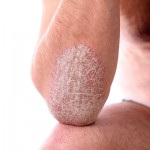

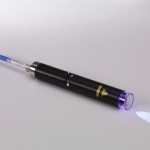
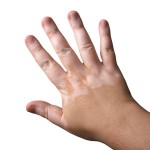
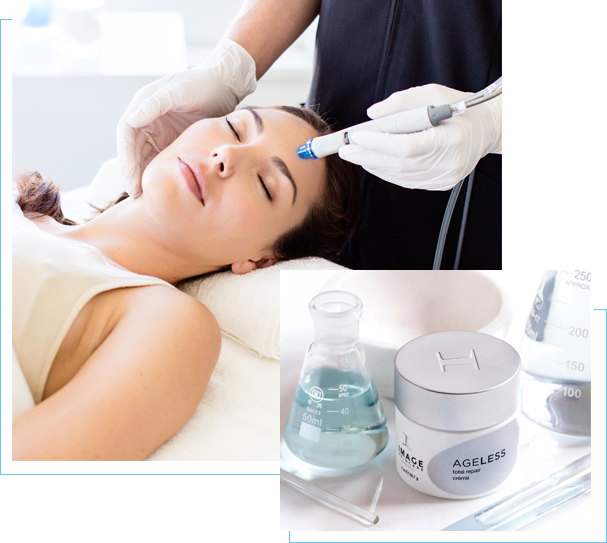

No Comments
Sorry, the comment form is closed at this time.